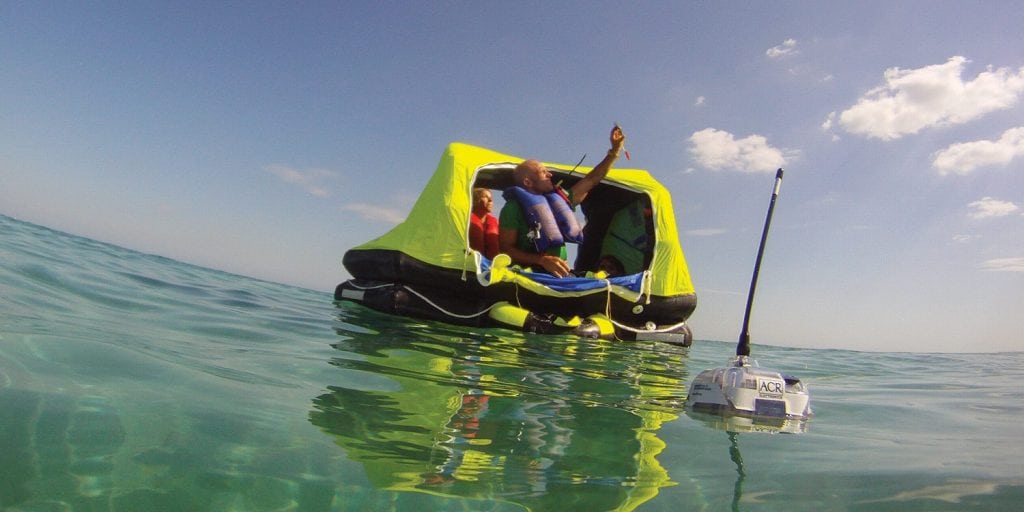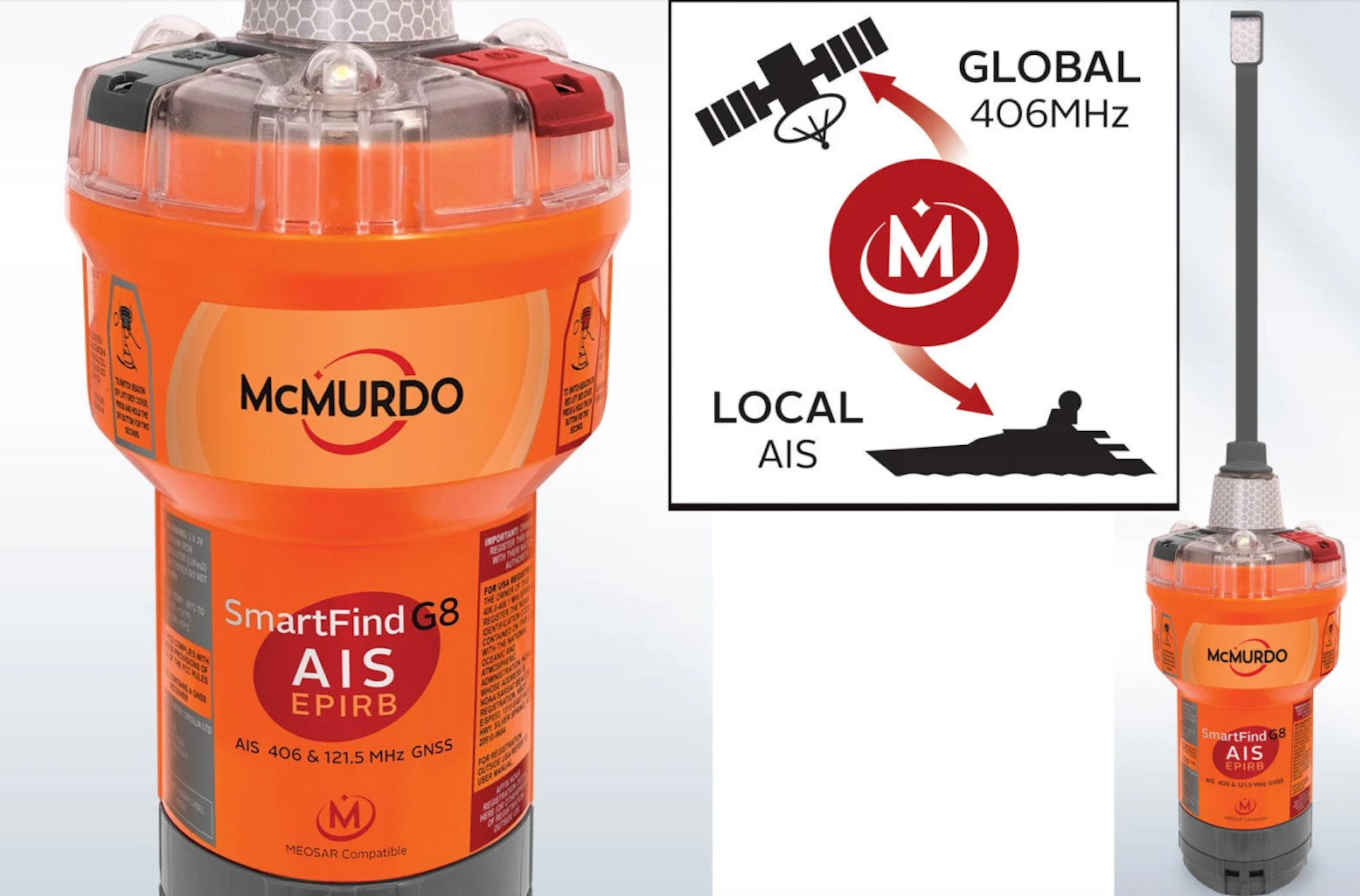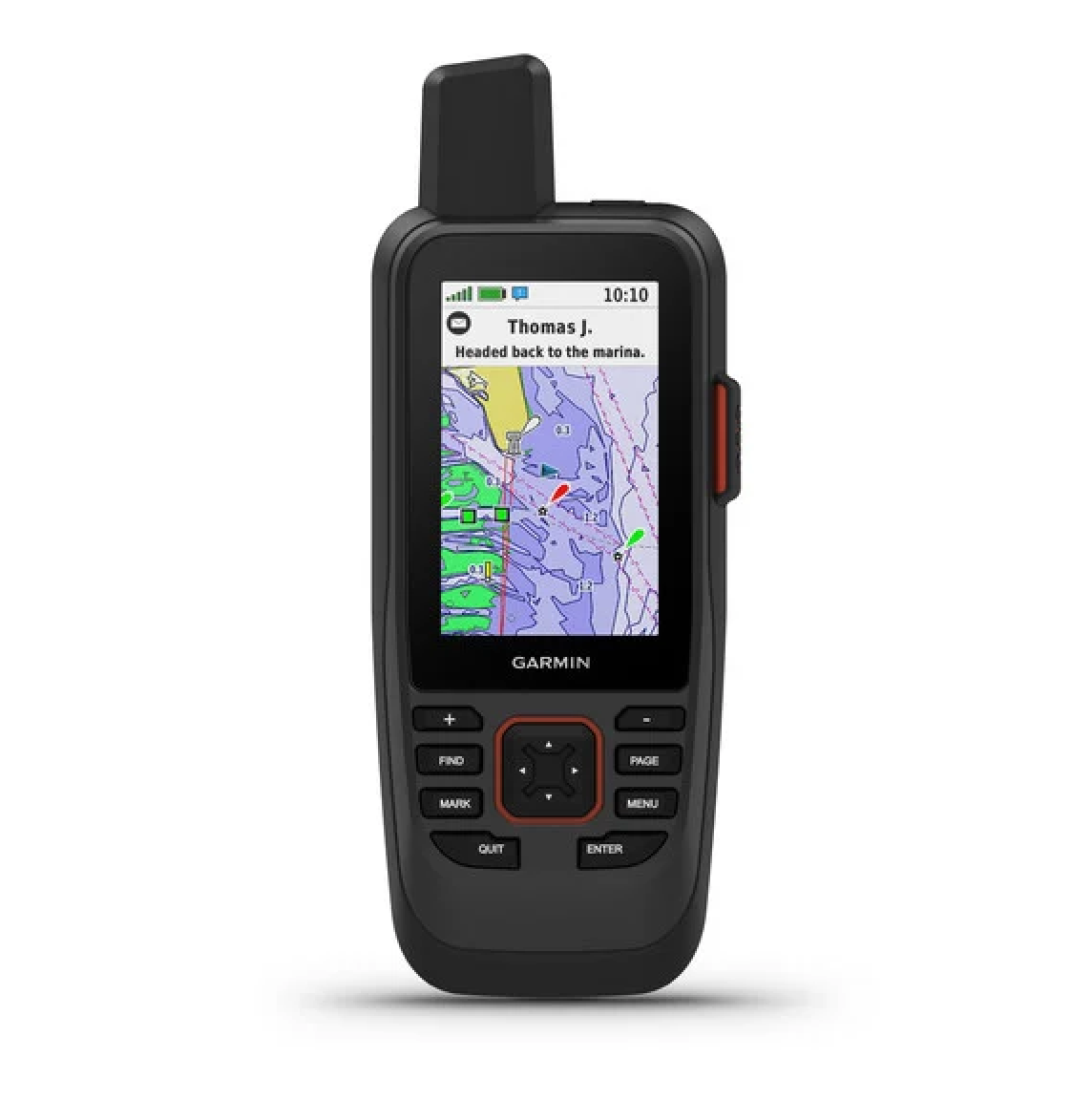Best Safety and Survival Devices for 2021
Historically, among the last equipment on boaters’ lists to buy are devices that can save their lives and those of their passengers. In most cases the reason is simply that capsizing at sea and treading water for who knows how long is uncomfortable to think about — and besides "that will never happen to me.”
Boaters who’ve grown up on the water know differently. It can and does happen, usually with no warning — and then it’s too late to prepare. Safety and survival equipment works. And as Coast Guard search and rescue teams remind us: it’s cheap insurance. Below are two Emergency Position-Indicating Radio Beacons (EPIRBs) and a pair of Personal Survival Devices that will make sure all onboard make it home safely.
The lineup is part of an exercise Marine Electronics Journal does every year as part of our Buyers’ Guide. It works like this: We ask the top manufacturers to identify the one model they produce in a particular category (17 in all) that they consider to be their Best & Brightest—not necessarily the most technically advanced or newest but rather the one they rate highest in the product line for one reason or another. It could be the functions and features it offers, or maybe it breaks new ground in maximizing effectiveness or utility, or maybe it’s the most popular as measured by sales to boaters.
EPIRBs
McMurdo SmartFind G8
The world’s first EPIRB with dual distress alerting, using 406 MHz to contact professional search & rescue via Cospas-Sarsat, while simultaneously using AIS (Automatic Identification System) to alert nearby vessels to support localized recovery. Combined with its dual GPS & Galileo GNSS (Global Navigation Satellite System) receivers for a truly globally accurate location fix and a 121.5-MHz homing frequency, the design is focused on accelerated rescue. With a minimum 48-hour activation, water or manual activation switch, 10-year battery, optimized MEOSAR (Mid-Earth Orbit Search and Rescue)capabilities and internal carry strap, the G8 is one of the most powerful distress beacons on the market.
Simrad EP70
Simrad’s EP70 GPS-EPIRB safety and rescue locator beacons maximize the chances of user survival and recovery by providing rapid notification to rescue authorities of distress situations, enabling them to use satellite location technology with extreme accuracy anywhere in the world. Highly rated by maritime professionals as well as recreational users, the Simrad EP70 range of EPIRBs is designed to be used as a primary alarm for vessels in distress, and when activated, transmit the ID of the ship in distress. The unique high-intensity LED built into the top of the antenna ensures optimal visibility in the toughest conditions.
Personal Survival Devices
Garmin GPSMAP 86sci
Cast off confidently with the GPSMAP 86sci. This premium, floating handheld has a sunlight-readable 3-inch color display and preloaded BlueChart g3 coastal charts with integrated Navionics data. Stay in touch anywhere with inReach satellite communication capabilities, two-way text messaging and interactive SOS. Share your position using GPS-based location tracking. Wireless connectivity makes GPSMAP 86sci a virtual extension of your onboard marine system, displaying boat data from compatible chartplotters and instruments. It also functions as a remote control for convenient operation of your Garmin autopilot and Fusion marine products. Its adjustable GPS filter smooths speed and heading indications over swells. The internal, rechargeable lithium battery provides up to 35 hours of operation in 10-minute tracking mode and up to 200 hours in expedition mode.
McMurdo FastFind RLS
The world’s first PLB (Personal Locator Beacon) to offer the Return Link Service (RLS) reassurance signal back to the user, confirming with a blue flashing light the receipt of your distress call and that the user’s location is known. The FastFind Return Link uses the familiar false alert three-stage activation process, but has added a new pouch and belt clip design and includes the global location accuracy of combined GPS and Galileo GNSS receivers to ensure greater global coverage and accelerated location detection.
The Marine Electronics Journal invites consumers to sign up for their weekly e-mail newsletter. We highly recommend doing this for boaters who want to stay on the cutting edge of advancements in marine electronic products and information. Click here…




